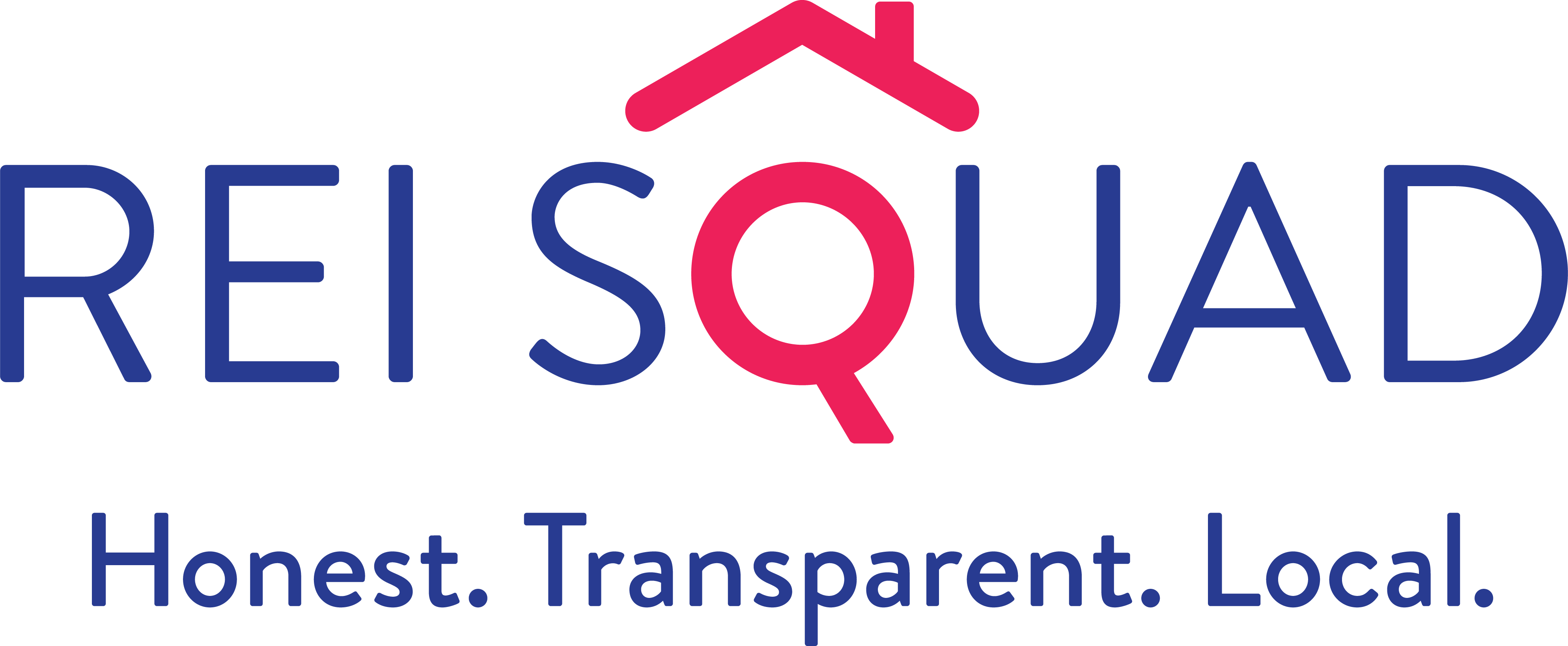Pre-Foreclosure Notice Guide: Understanding Every Term in Your Bank’s Letter
Receiving a pre-foreclosure notice can be overwhelming, especially when faced with complex legal and banking jargon. Understanding this document is crucial to taking informed steps to protect your home and financial future. With our expert pre-foreclosure guidance, you’ll understand the key components of a pre-foreclosure notice, explains the legal terms, and outlines actionable steps you can take.

Breaking Down Your Pre-Foreclosure Notice
Your pre-foreclosure notice contains essential information about your current situation. Here’s what to focus on:
The Key Components of the Notice
Look for details about your missed payments, the total amount owed, and instructions for resolving the default.
Important Dates and Deadlines
Pay close attention to deadlines for making payments or responding to the notice. Missing these dates can escalate the foreclosure process.
Required Legal Language
Notices often include specific legal phrases mandated by state or federal law. These phrases may outline your rights or the lender’s obligations.
Common Legal Terms Explained
Legal terminology in pre-foreclosure notices can be intimidating. Here are some key terms you should understand:
- Default and Acceleration Clauses: A “default” occurs when you fail to meet the terms of your mortgage agreement, such as missing payments. An “acceleration clause” allows the lender to demand full repayment of your loan if you default.
- Rights and Remedies: This section outlines what actions both you and your lender are allowed to take under the law.
- Payment Terms and Conditions: This includes details about how you can cure (resolve) the default, including payment amounts and methods.
Understanding Your Timeline
Time is critical when dealing with pre-foreclosure. Here’s how to interpret the timeline:
- Notice Periods and Deadlines: Depending on your state, there may be a mandatory waiting period before foreclosure proceedings can begin.
- Response Windows: You may have a specific number of days to respond to the notice or make payments to stop further action.
- Important Milestones: These include deadlines for reinstating your loan, selling your home, or seeking assistance programs.
Your Rights as a Homeowner
As a homeowner, you have legal protections during the pre-foreclosure process:
- Legal Protections: Federal laws like the Real Estate Settlement Procedures Act (RESPA) provide safeguards against wrongful foreclosure practices.
- Communication Requirements: Lenders are required to communicate clearly with you about your options and provide accurate information.
- Options Available to You: These may include loan modification, refinancing, or selling your home.
Taking Action
Taking prompt action can make a significant difference in your outcome:
- Immediate Steps to Take: Contact your lender as soon as possible to discuss options for resolving the default. Gather all necessary documents, such as proof of income and recent bank statements.
- Communication with Your Lender: Be proactive in reaching out. Ask for clarification on any unclear terms in the notice.
- Documenting Your Response: Keep records of all communications with your lender, including emails, letters, and phone calls.
Next Steps and Resources
If you’re unsure how to proceed, several resources are available, including our expert pre-foreclosure guidance.
Available Assistance Programs
Look into state or federal programs designed to help homeowners avoid foreclosure. For example, Minnesota offers resources through its Attorney General’s office and Judicial Branch websites.
Professional Help Options
Consider consulting a housing counselor or attorney who specializes in foreclosure prevention.
Making Sense of Your Notice: Your Action Plan Simplified
To move forward with your action plan, here are your next steps:
- Carefully review every section of your pre-foreclosure notice.
- Understand key terms like “default” and “acceleration.”
- Note all deadlines and response windows.
- Contact your lender promptly and explore options like loan modification or selling your home quickly if necessary.
- Seek professional guidance if needed.
By demystifying the language in your pre-foreclosure notice and taking informed steps, you can regain control over your situation. Remember, understanding is power—and you have options even in challenging circumstances!








